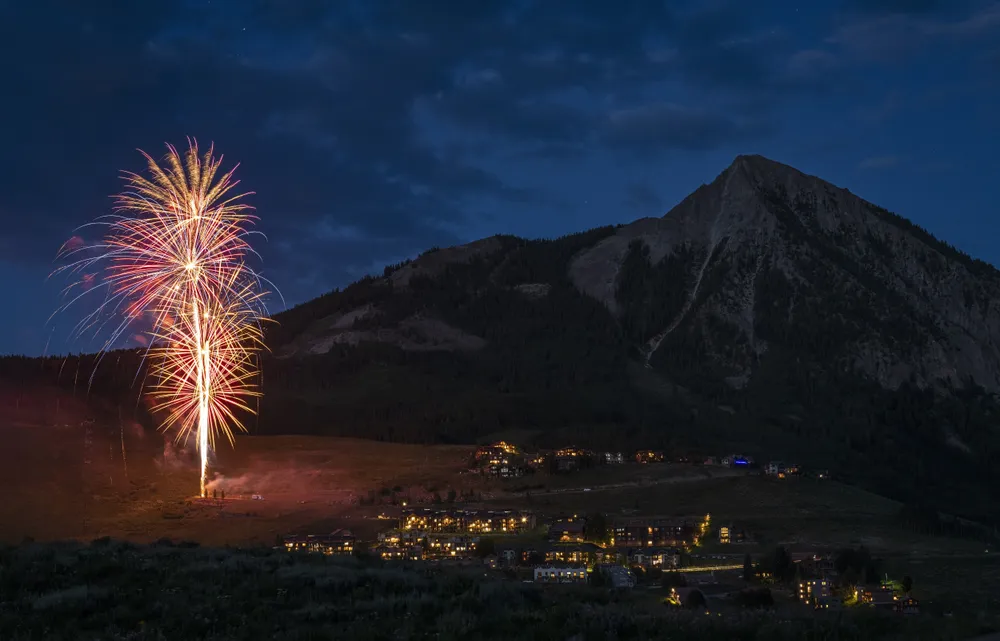After years of research into xenotransplantation, the field is at a turning point—yet risks and ethical issues remain
You don’t have to swing from treetops to get a close-up look at these curious creatures
After years of steady gains, a decades-long conservation program dedicated to the Kemp's ridley hits rough seas
Hoping to stave off a global health crisis, scientists are breeding a new generation of crops that suck the mineral, which helps the thyroid and immune system, from soil
Its bland exterior belies a dynamic world full of surprises
A new book highlights the beautiful work of Jay Matternes, an accomplished artist who drew everything from mammoths to early humans
Rotting logs turn out to be vital to forest biodiversity and recycling organic matter
A bug, a dinosaur and a tree intersect, creating the perfect conditions for resin to capture a moment in time
A new technology is pushing the boundaries of farming by using electricity to grow crops without photosynthesis
By collecting samples after climbing a high peak and firing rockets with special traps into the upper atmosphere, scientists have found microbes living in thin air
An anthropologist explores why the phenomenon has the ability to delight, disturb and disrupt
Fossils are providing more and more clues about how dinosaurs attracted one another and reproduced, which contributed to their remarkable ability to populate much of the Earth
The creature is being trafficked across Africa and Asia to fuel a steady demand for their scales, an ingredient in unproven remedies
Olney, Illinois, has taken steps to protect an iconic mammal from domesticated felines, setting a possible model for other places to follow
The cuddly, colorful parrots have become a symbol of Valentine’s Day. Here’s what to know about the famously affectionate birds
Cultures throughout history have put lead to use for wacky and often deeply poisonous purposes
A new, first-of-its-kind analysis of the scents of nine mummies detected woody, spicy, herbal and rancid notes, among other odors
The thriving bird colonies likely grew over several decades because local shepherds had temporarily eliminated pumas
At first a crusader for workplace safety, the trained physician railed against the use of the toxic and ubiquitous material
An aerospace engineer has invented an appliance that can whip up quiches, pizzas and more in a zero-gravity environment
 Fireworks at Crested Butte
Fireworks at Crested Butte